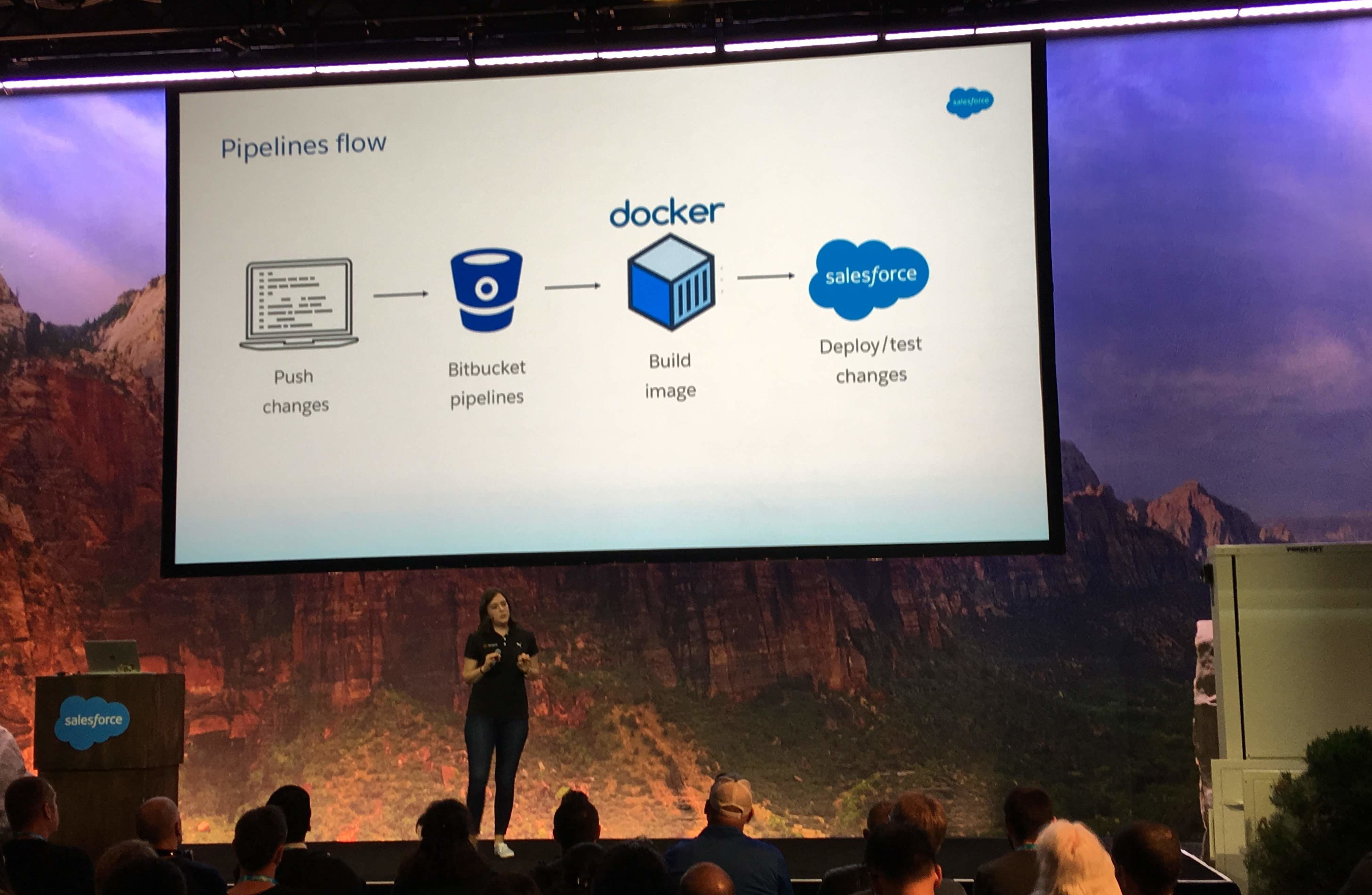
- ANT MIGRATION TOOL SALESFORCE CUSTOM APPS INSTALL
- ANT MIGRATION TOOL SALESFORCE CUSTOM APPS UPDATE
- ANT MIGRATION TOOL SALESFORCE CUSTOM APPS CODE
I would be using Ant to generate “package. Therefore I wanted to automate generation of package.xml completely and came up with this article and below workaround.
ANT MIGRATION TOOL SALESFORCE CUSTOM APPS UPDATE
After getting package.xml from eclipse, what if some folder is added into Organization ? We need to update “package.xml” again with help of eclipse or do it manually. Package.xml must needs to have folder name and files inside folder name. wildcard character (*) doesnt work with some components like report, emailtemplate, dashboard and document. If we want to use Ant Migration tool to fetch Salesforce Organization metadata info or to deploy some changes to Salesforce, we need to create “ package.xml” manually or take help of eclipse.
ANT MIGRATION TOOL SALESFORCE CUSTOM APPS INSTALL
To install it, Navigate to Jenkins homepage and download installer.

Continuous integration in Salesforce Using Jenkins and Git (Bit Bucket)įor this tutorial, I will install Jenkins on my local system. Copy the ant-salesforce.jar file from the unzipped file into the ant lib directory. 1. Unzip the downloaded file to the directory of your choice. There are two ways to start working with Jenkinsīelow diagram shows complete flow of Continuous Integration we are going to setup in this article. Step 4: Login to salesforce and navigate to Your Name Setup Develop Tools and download Migration tool. I will suggest to get familiar with first three topics before jumping to Continuous Integration. I created a new Java Project and copied the Sample directory from salesforceant20.0.zip into it. I’m sure I’m missing something possibly because my knowledge and experience with Ant has been very limited. Automated Daily Backup of Salesforce Using ANT Migration Tool and GIT (Optional) Im currently trying to work my through a tutorial on 'Deploying with the Migration Tool (ANT)'.I am assuming you already know about below concepts: This tool is run on Salesforce application servers. Instead we built a custom data copy tool. multiple tenants share database resources, standard database migration tools are not usable for our use case. Eclipse or PuTTYgen to generate SSH key Since Salesforce is a multi-tenant system, i.e.Don’t forget to watch Video at end of this article, where I provided demo of everything explained in this article.

This time its Salesforce using Jenkins. In this article I will walk through solution of above problem using Jenkins.
ANT MIGRATION TOOL SALESFORCE CUSTOM APPS CODE
net along with Salesforce, I posted article on Continuous Integration of ASP.net and subversion as a code management with MSBuild on code project.

After some time you will be in need of some solution which can reduce your effort.Īlmost 5 years back, when I was working on. Also, in normal Salesforce project, there are chances that you will have minimum three sandboxes likely Developer Sandbox, QA Sandbox and UAT Sandbox. The Ant- Salesforce Libraries are known as the Migration Tool.As your Salesforce Organization undergoes heavy customization and frequent builds, moving changes from one Sandbox to other sandboxes starts taking longer time and effort. Ant was originally used for building Java applications, but supplies extra libraries to enable Ant to move metadata between a local directory and a Salesforce org.

Ĭonsequently, how do I use ant in Salesforce? Select the custom metadata type's label ?from the available component types, for example, Threat Tier.Displays information about the change set and information about the output / input change set. Likewise, how do I deploy custom metadata in Salesforce? From Setup, enter Outbound Change Sets in the Quick Find box, then select Outbound Change Sets, click your change set name, and then click Add. Install the Ant migration tool: How can I source from Salesforce Steps to create deployment connections Go to Settings > Application Settings > Deployment > Deployment Connections / Deployment Settings. In the first step, select an existing Salesforce connection or create a new one. A wizard for metadata extraction from Salesforce opens. To extract metadata from Salesforce object, right click an edge and select New metadata → Extract from salesforce from context menu. xml.īesides, how do I extract metadata from Salesforce? If this is the first time you are running Ant, use ant retrieveUnpackaged to retrieve unpackaged components specified in package. Run Ant by specifying a target name in build.


 0 kommentar(er)
0 kommentar(er)
